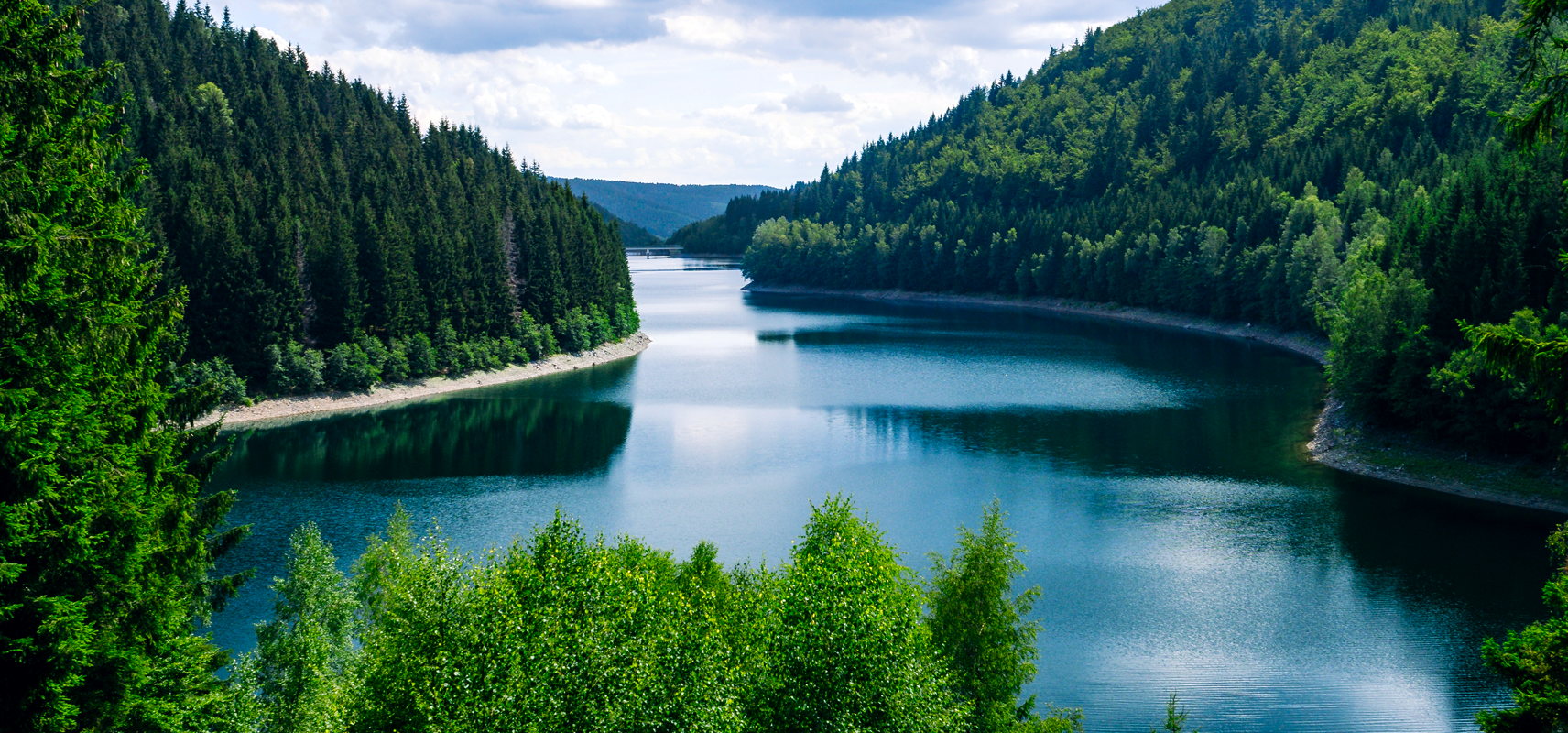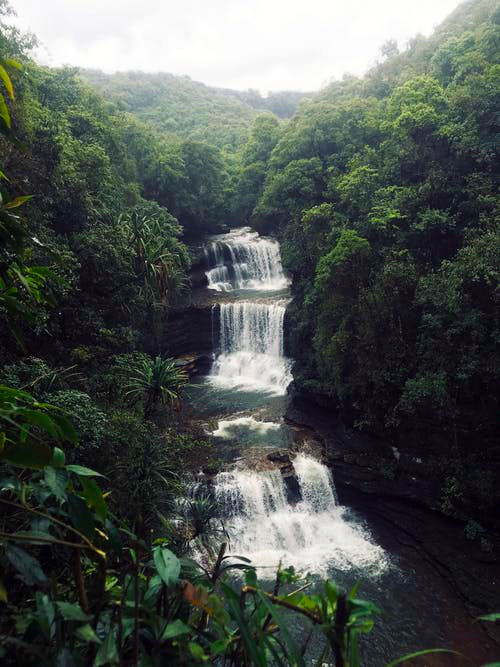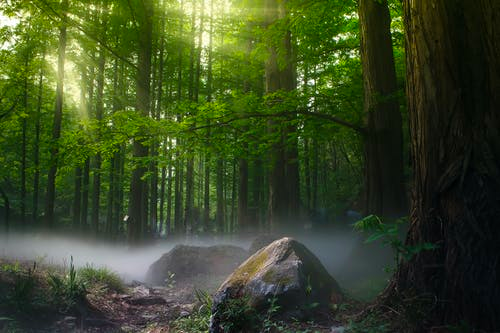

Can planting trees help combat climate change?
Are trees important for climate change? Can planting trees help fight the climate crisis? How many do we need to plant?
And how do you decide whether you should plant a tree or do something else?

How trees reduce global warming and fight climate change
Trees are nature’s greatest carbon sink. They absorb it from the atmosphere, convert it into glucose for their cells, and store it in their leaves, branches and roots as they grow. (And then they ‘exhale’ oxygen for us to use – bonus!). That’s how they help regulate the climate (and clean the air) – among many other things…
But that's not all ...
Trees do much more than just absorb CO2. Trees are a renewable resource, and they provide many benefits for humans.
These are just a few benefits we enjoy thanks to trees : Food production, fuel, medicine, building materials, recreation, shade, beauty, wildlife habitat, clean water and air, soil conservation, erosion control, flood protection, windbreaks, and many more!
Trees play a vital role in protecting the planet from extreme weather events such as hurricanes, tornadoes, drought, flooding, wildfires, heat waves, and cold snaps.
They act as barriers between land and sea, helping to slow storm surges during coastal storms. They also help with soil stabilization, preventing land from eroding into rivers and streams. All of these are called ecosystem services, and they’re critical to life on Earth.
Trees are vital to reducing risks associated with severe weather - especially considering that the effects of climate change are expected to increase the frequency and severity of these weather events.


How do we use trees to stop climate change?
There are two ways: stopping deforestation and planting new trees.
One way of stopping climate change is protecting existing rainforests and preventing further destruction of natural habitats. In turn, that means preserving old-growth forest ecosystems, which contain large numbers of species and high levels of biodiversity. It also means conserving areas where people live, work, and recreate. Some say this can’t be used to reach net-zero emissions, because it’s preventative, and doesn’t actually remove anything from the atmosphere. But removing CO2 won’t help us if we keep putting more in.
Are younger or older trees better at storing CO2?
As it turns out, the answer might just be old trees.
A study of 403 tropical and temperate species found that for 97% of the species, trees grew faster as time went on. Which meant that older trees absorbed more CO2 from the atmosphere. And another study – of 5 million trunks! – showed that the largest 1% stored about 50 percent of the biomass.
So now that you know that old trees are more important for CO2 – because they store it more quickly, and because they already hold more - you can see why protecting old trees - like Live and Grand Oaks - is more important than ever.

Deforestation is one of the biggest sources of emissions – around 10%, more than all cars and trucks combined! In addition, it has been estimated that deforestation accounts for up to 20 percent of all greenhouse gas emissions in tropical countries.



